Are you tired of battling with acne? Do you struggle with unsightly pimples that seem to come out of nowhere?
Acne is a common skin condition that can be frustrating to deal with. It can affect people of all ages, and can be caused by a wide range of different factors.
In this article, we will explore the science behind pimples, including the different types and causes.
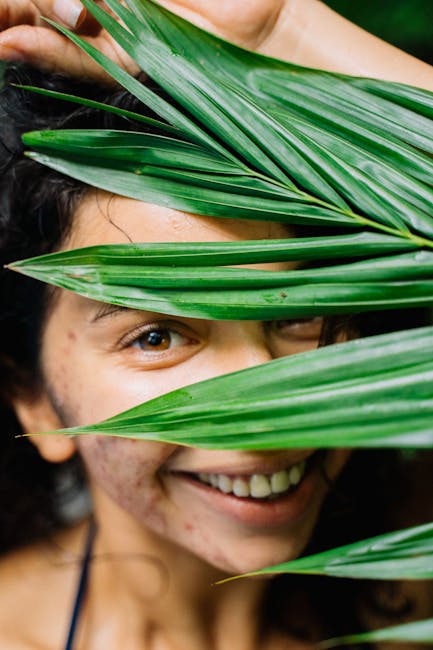
What are Pimples?
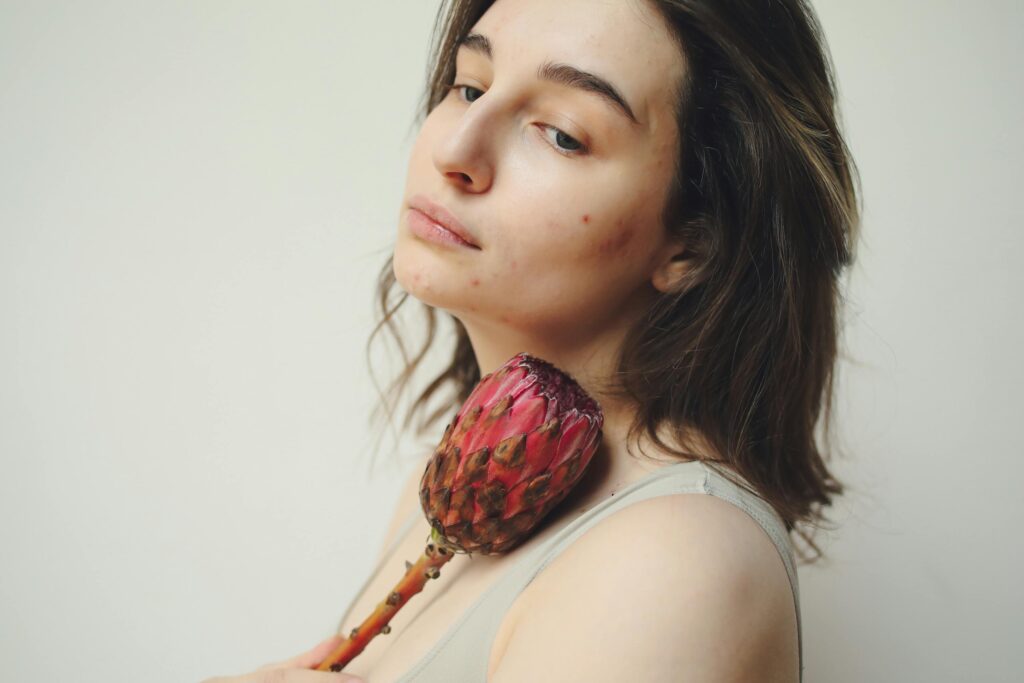
A pimple is a small papule or pustule, which is the result of an inflamed blockage in a hair follicle.
Pimples are most commonly found on the face, back, chest, and shoulders.
There are several different types of pimples, including whiteheads, blackheads, papules, pustules, and cysts.
Whiteheads (See Amazon) are closed bumps that are usually white, while blackheads (See Amazon) are open bumps that appear black.
Papules (See Amazon) are small, raised, reddish bumps that can become inflamed, and pustules (See Amazon) are larger bumps that are filled with pus. Cysts (See Amazon) are large, inflamed bumps that can be quite painful.
Sensible Skin Pimples
What Causes Pimples?
The exact cause of pimples is not fully understood, however, it is thought to be the result of a combination of factors.
Genetics, hormones, and stress are some of the most common culprits.
Pimples are also commonly triggered by foods, such as those high in sugar and saturated fats.
Over-the-counter and prescription medications can also trigger pimples, as can the use of certain cosmetics and skincare products.
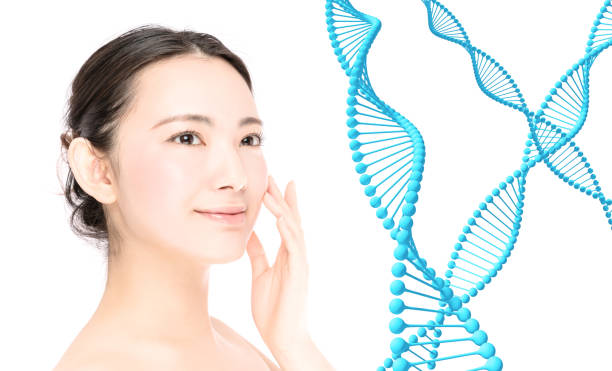
Preventing and Treating Pimples
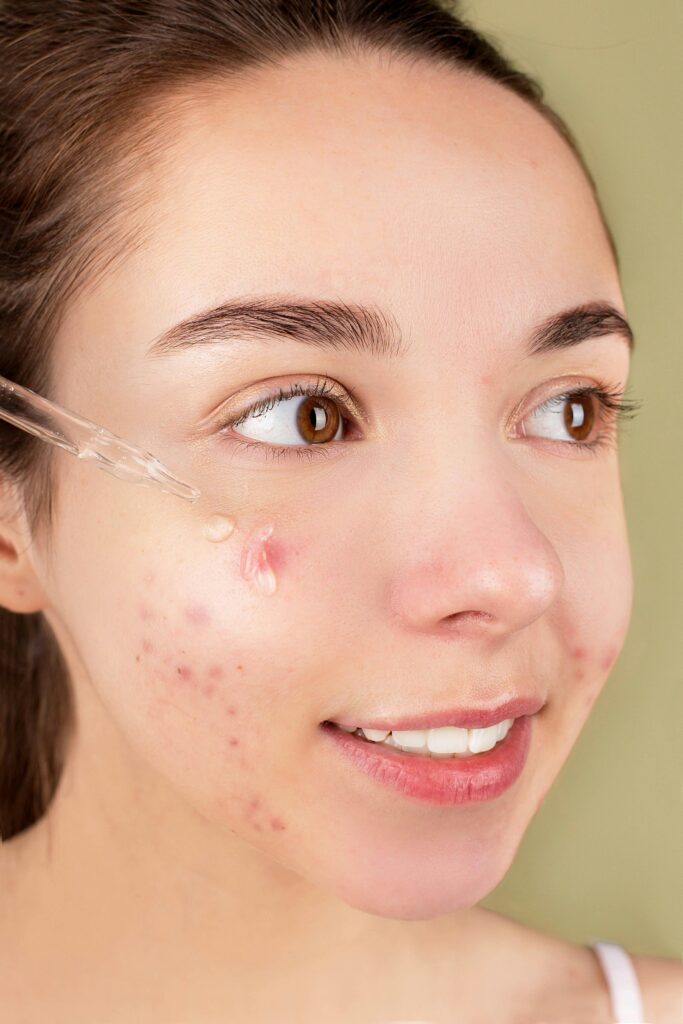
Preventing pimples is not always possible, but there are several steps that can be taken to reduce the risk.
Keeping the skin clean by washing and exfoliating regularly (See Amazon) can help to prevent blocked pores.
Using a gentle cleanser (See Amazon) that is free from harsh chemicals can also help to prevent the development of pimples.
Avoiding foods that are high in sugar and saturated fats can also help to reduce the risk of developing pimples.
If pimples do develop, there are several different treatments that can be used to help reduce their appearance.
Over-the-counter topical treatments (See Amazon) are the most commonly used, and typically contain an active ingredient such as benzoyl peroxide, salicylic acid, or sulfur.
These ingredients work to unclog pores and reduce inflammation. Prescription medications, such as oral antibiotics and retinoids, can also be used to treat pimples that do not respond to over-the-counter treatments.
Isotretinoin is a prescription medication that is used to treat severe cases of acne, and is typically only used as a last resort.
The Most Common Types of Pimples
The most common types of pimples include whiteheads, blackheads, papules, pustules, and cysts.
Whiteheads are small, closed bumps that are usually white in color.
Blackheads are open bumps that appear black.
Papules are small, raised, red bumps that can become inflamed.
Pustules are larger bumps that are filled with pus.
Cysts are large, inflamed bumps that can be quite painful.
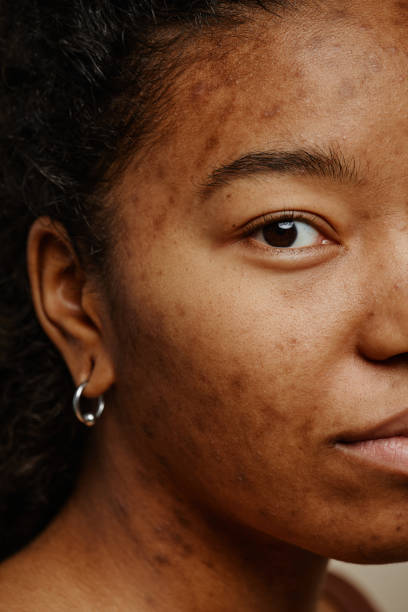
Sensible Skin Pimples
The Bottom Line
Pimples are a common skin condition that can be caused by a wide range of different factors. Genetics, hormones, diet, stress, and certain medications are all thought to play a role in the development of pimples.
There are several different types of pimples, including whiteheads, blackheads, papules, pustules, and cysts.
Preventing and treating pimples can be done using a combination of over-the-counter and prescription medications, as well as by keeping the skin clean and avoiding certain foods.
If you struggle with frequent or severe breakouts, it is recommended that you consult with a dermatologist for a proper diagnosis and treatment plan.
